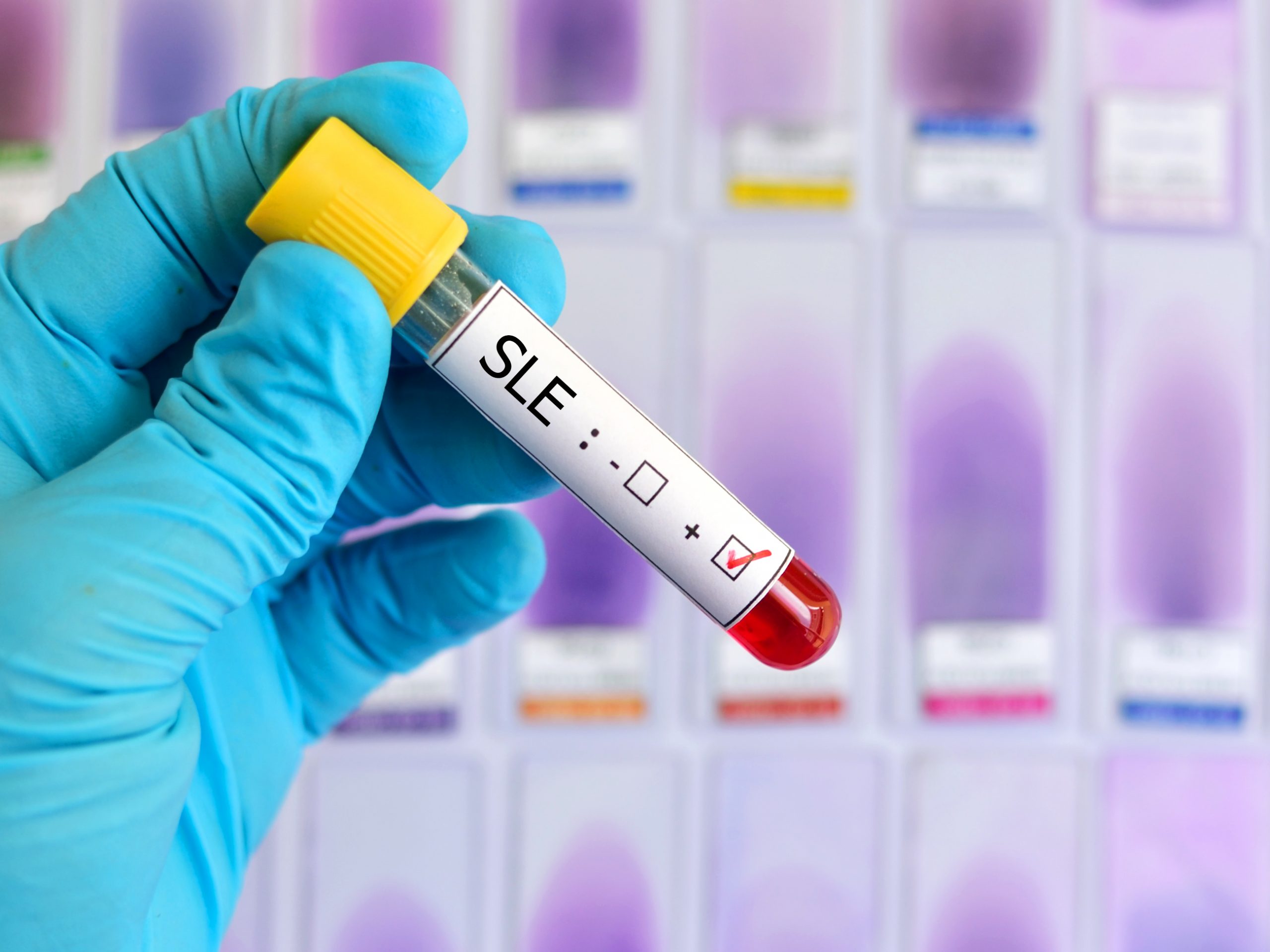
Researchers at Northwestern Medicine and collaborators at the Brigham and Women’s Hospital say they have discovered that changes in multiple molecules in the blood promote the pathological immune response in the autoimmune disease systemic lupus erythematosus (SLE) and provides a target for the development of new therapies.
About 1.5 million people have lupus in the U.S. according to the Lupus Foundation of America. The disease is often life-threatening from damaged cause to multiple vital organs in the body including the kidney, brain, and heart. Current approved treatment for the autoimmune disease often fail to effectively treat the disease and can also hinder the body’s ability to ward off infection.
“Up until this point, all therapy for lupus is a blunt instrument. It’s broad immunosuppression,” said co-corresponding author Jaehyuk Choi, MD, PhD, associate professor of dermatology at Northwestern University Feinberg School of Medicine and a Northwestern Medicine dermatologist. “By identifying a cause for this disease, we have found a potential cure that will not have the side effects of current therapies.”
In the study, published this week in Nature, the team identifies a new pathway that drives lupus, noting that the disease-associated changes in multiple molecules in the blood lead to the insufficient activation of a pathway control by the aryl hydrocarbon receptor (AHR). This receptor regulates the response of cells to environmental influences such as pollution, bacteria, or metabolites. When AHR is insufficiently activated, the result is an overabundance of disease-producing immune cells called T peripheral helpers that spur the development of autoantibodies.
“We’ve identified a fundamental imbalance in the immune responses that patients with lupus make, and we’ve defined specific mediators that can correct this imbalance to dampen the pathologic autoimmune response,” said co-corresponding author Deepak Rao, MD, assistant professor of medicine at Harvard Medical School and a rheumatologist at the Brigham and Women’s Hospital.
Having discovered this, the scientists then sought to discover whether this new knowledge could be used to help develop new treatments for lupus. They discovered that when they returned the molecules that activate AHR to the blood, it appeared they reprogrammed the cells that cause lupus into a cell called Th22. These cells may promote healing from the damage caused by autoimmunity.
“We found that if we either activate the AHR pathway with small molecule activators or limit the pathologically excessive interferon in the blood, we can reduce the number of these disease-causing cells,” said Choi. “If these effects are durable, this may be a potential cure.”
Choi, Rao, and their colleagues are now working to develop novel treatments of lupus leveraging this new information, with the hope of developing safe methods to deliver these molecules safely into people.





